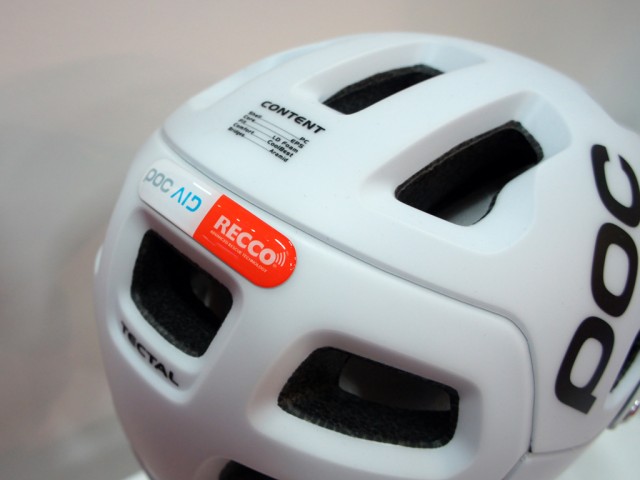
Sometimes, we fall off our bikes or get lost in the woods. Sometimes it’s funny, sometimes less so- and sometimes it’s quite serious.
When a rider is injured or lost, particularly when alone, finding and recovering them can require a good deal of time and resources on the part of Mountain Rescue. While Swedish company POC is well known for their focus on rider safety–with helmets, knee/elbow protection, and spine protectors among their better-known offerings–for 2016 they have added rider recovery to several of their products’ benefits.
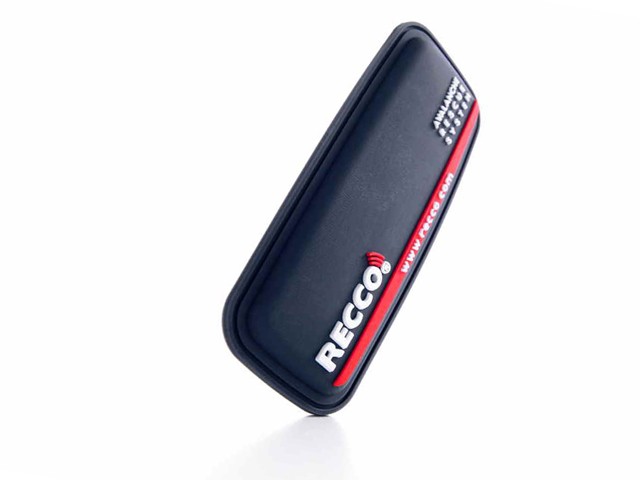
While previous road helmets have come with point-of-contact notification technology from ICE, the release of the 2016 Tectal helmet came with a new-to-us name attached: the RECCO System.
A part of the ski world for some thirty years, RECCO was created as an avalanche rescue tool. While avalanche transponders require a powered beacon on the wearer, RECCO’s system is inherently passive. The easiest concept for us to grasp was that of a special radar reflector. A small tag consisting of two pieces of foil separated by a diode, tuned to respond to a specific radar frequency, is attached to a piece of the athlete’s clothing or gear. While radar of a given wavelength will be reflected by any piece of metal approximating the correct size and shape, the diode and second piece of foil have the effect of reflecting the radar’s energy at twice the original frequency- a response that’s quite easy for a sensor to detect. The radar is able to penetrate snow (as in avalanches) but its response is much stronger in instances, such as hiking or mountain biking, where the tags are above ground.
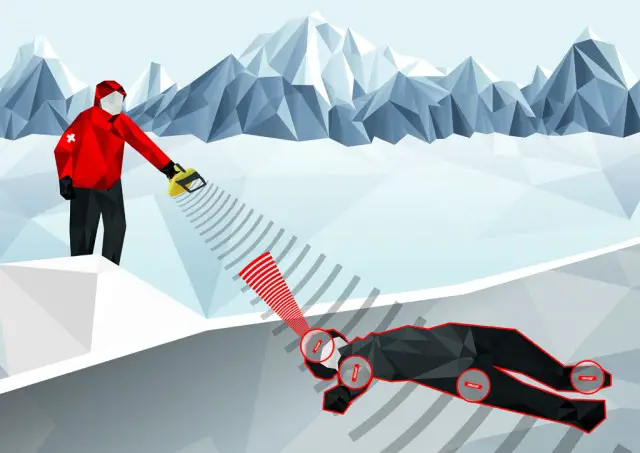
(No bike-specific illustrations yet)
When rescue personnel are notified of a lost or injured rider, a handheld or (more efficiently) aircraft-mounted radar searches the area in which they are thought to be. When deployed by air, the RECCO System is said to be able to cover a four square-kilometer area in three minutes. As anyone who has spent time on foot looking for a lost hiker will attest, that’s really, really fast.
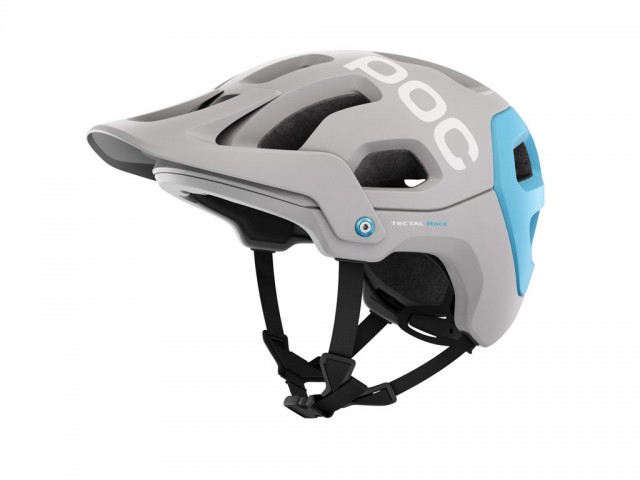
For 2016, POC is including RECCO tags in several pieces, including the forthcoming Tectal helmet and apparel such as the Resistance Mid jacket. Much like reflective hits, each 4g tag worn is said to improve the effectiveness of the system and the ease of locating the rider. (Signals are weakened as they travel through the human body and back.)
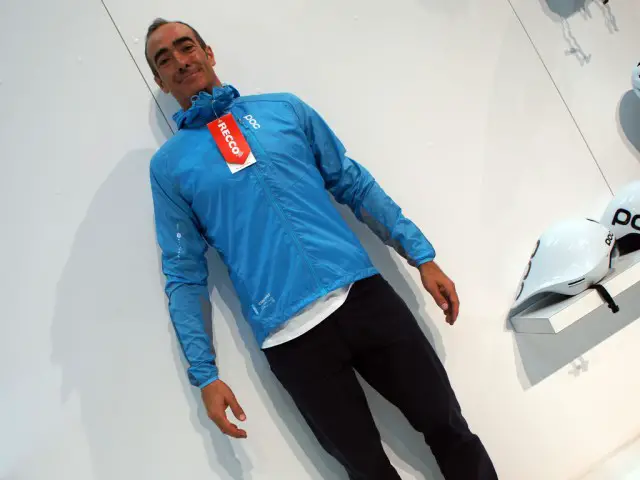
Getting the relatively inexpensive tags (which are also available aftermarket) into the field is the easy part -and POC is taking the first step by incorporating them into MY16 rider gear- but they won’t do much good on their own. The detectors themselves are most common in resorts -and then primarily in Europe– and currently not used much outside of ski season. Still, should the tags become widespread and the system demonstrate an ability to speed the location of lost or injured riders, reducing aircraft time and rescuer risk, then the ~£5,000-10,000 (RECCO don’t publish a price list) detectors would likely be an easy sell to regional search and rescue teams.
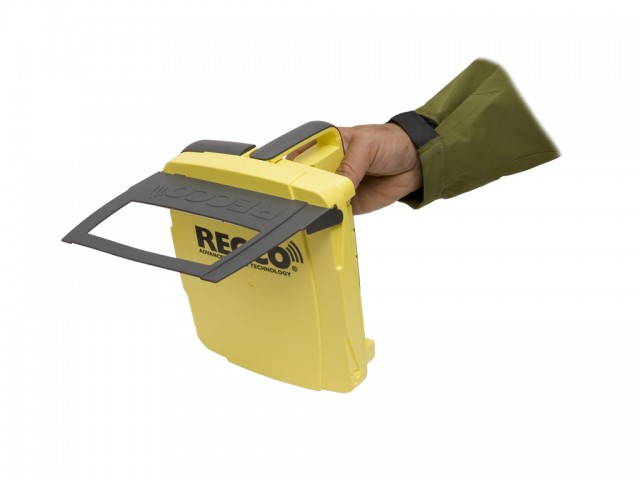
While it’s almost certainly too early to recommend purchases on the basis of their RECCO tags, the concept is one that sounds promising for those with a habit of traveling into the backcountry. As with many technologies, the network effect is critical: more wearers serving to justify detector purchases and use, which in turn reinforce the benefit of RECCO-tagged kit. As someone who spends as much time as ‘real life’ allows on the back side of beyond, the idea of a lightweight, inexpensive, and passive device that could ease my location slots in with bright colours and ICE tags as a common-sense precaution against unfortunate events- and is a technology worth watching.
Comments (5)
Leave Reply
Post Comment


You’d be better off buying proper transceivers if you’re in avalanche prone areas. Recco is a very poor substitute as it’s passive and you need to wait for someone with a detector to arrive by which time the victim is normally dead.
Footflaps,
RECCO is very clear that their technology is not intended to be a replacement for transceivers for snow use.
In any case, that’s really not the application here- for the most part, mountain bikers aren’t buried in avalanches: they’re lost (or are immobile and can’t be found) in a very large area. That’s what the RECCO reflectors are intended to address in this case. Searching roughly 1 square mile every three minutes is a huge improvement on the status quo (searching on foot or visually from the air).
I agree with footflaps – it’s a poor technology for avalanches. Most burial victims who survive are dug out by their own party.
For MTB in the Alps it makes more sense – the helicopters already have the kit. The only problem is that it’s not switchable so they’ll find everyone in their search area whether they are in trouble or not.
Unlikely to take off (pun intended) in the UK given the paucity of aircraft for airborne search. We still very much rely on foot search and SARDA dogs are likely to be just as effective, if not more so, than something like this’d be in upland UK – what’s the range of one of those handheld detectors when being used on foot…?
Dave,
Though RECCO haven’t said so, I could see the technology being mounted on/combined with a remote-controlled drone within a few years. That approach would reduce aircraft costs while putting fewer people at risk and allowing rescuers to get ‘eyes on’ every hit in an area relatively quickly (addressing Murray’s point about non-specificity).
While dogs are effective, they and their handlers simply can’t canvas the same amount of area in a similar amount of time. More trials are needed, however, to gage real-world performance.